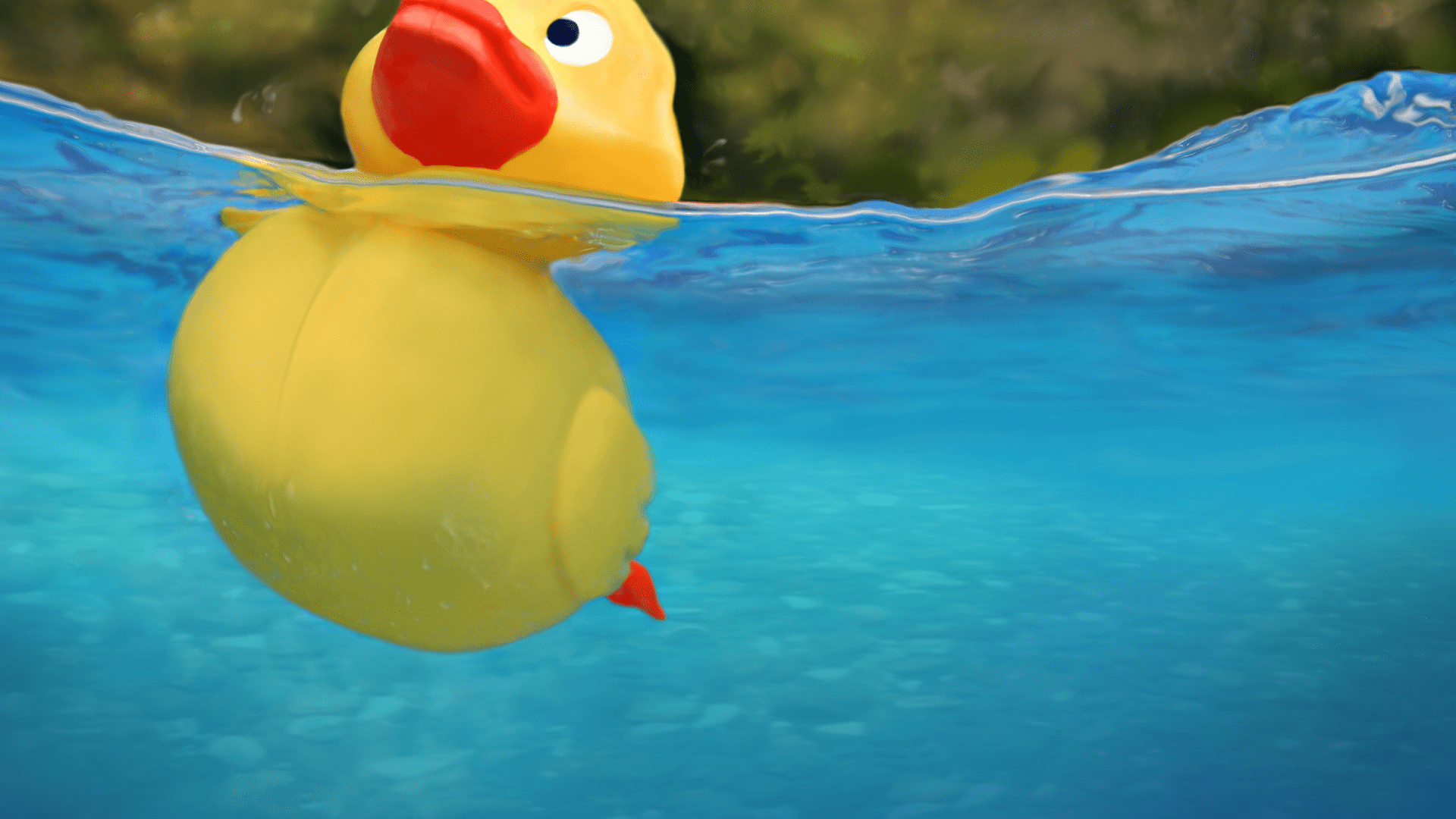In this Rosie Labs guide you will find:
- Productive struggle opportunities for students during their project build,
- Lesson objectives and concept overview,
- Optional STEM topic video to share with participants,
- Step-by-step instructions and video of the Rosie Riveters’ Lava Lamps Project,
- Optional STEM activities to further explore the objectives and concepts used in the project build.
Objective
In this project you’ll mix baking soda and citric acid (reactants) to produce carbon dioxide C02 and water H20 (products ).
Concept Overview and Experiment Inspiration
Everything on earth that takes up space is called matter. Even you! Matter is made up of tiny particles called molecules. Molecules are super small, and we can’t see them, but trillions and trillions of them make up you, me and everything around us! And depending on how these teeny, tiny molecules are arranged (put together) in a given space, they form different types of matter.
Density is the amount of stuff (mass) in a given amount of space. The higher the density, the more stuff in the space!
When two or more atoms bond together to form molecules or when bonded atoms are broken apart a chemical reaction takes place. In its simplest terms a chemical reaction is when you mix two different things (reactants) together to make something new (product)!
There are seven different signs that indicate that a chemical reaction has taken place, including: Change in Color, Volume, Temperature, Smell/Taste Formation or production of light. The gas bubbles (C02) created in your lava lamp are the product of a chemical reaction between baking soda and citric acid (reactants).
In your lava lamp you’ll be exploring the densities of three different substances, or three different types of matter – oil, water, and carbon dioxide (C02).
Science Goals
- Matter is all the “stuff” that exists in the universe. It has both mass and volume.
- Mass is a measure of the amount of matter in an object. The higher the mass of an object in a given space, the higher it’s density.
- Chemical reactions occur when molecules change their structure. The substances that go into a chemical reaction are called the reactants, and the substances produced at the end of the reaction are known as the products
Vocabulary
- Chemistry – Chemistry is the study of the structure and properties of matter and what happens when different kinds of matter undergo changes
- Matter – Anything in the physical world that occupies space and has mass
- Mass – a measure of the amount of matter in an object
- Density -Density is the measurement of how tightly a material is packed together with mass. It is defined as the mass per unit volume.
- Chemical Reaction – a process that involves rearrangement of the molecular structure of a substance
- Reactant -a substance that takes part in and undergoes change during a reaction
- Product– Something new that is made as a result of a chemical reaction


